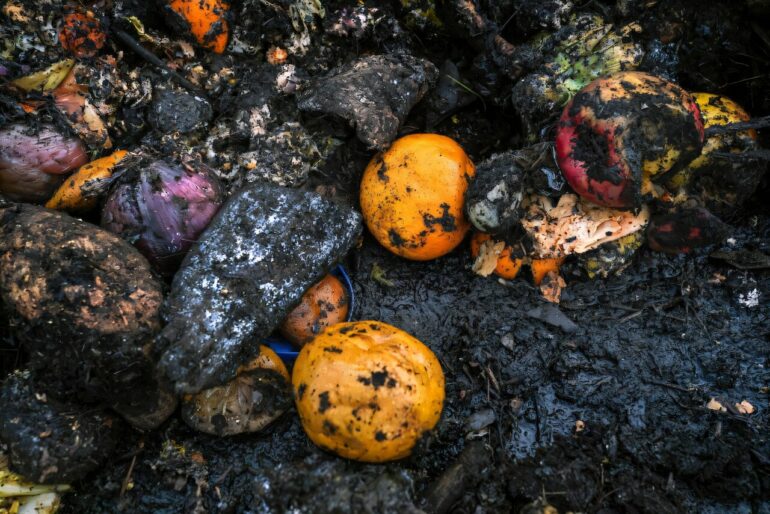The United States generates more food waste than all but two countries. To address this, the federal government set a goal to cut food waste in half by 2030 compared to 2016 levels, to about 164 pounds per person annually. But a study published in Nature Food and led by University of California, Davis, reveals that current state policies are falling short. Since 2016, per capita food waste has increased instead of decreasing.
“We’re just five years away from 2030, so it’s quite alarming how little progress we have made,” said first author Sarah Kakadellis, a postdoctoral researcher with the UC Davis Department of Food Science and Technology. “More comprehensive policies need to be implemented as soon as possible.”
The study examined how state policies align with the federal targets. States determine what policies to implement. Researchers found that state policies emphasize food waste recycling methods like composting and anaerobic digestion, rather than prevention and rescue strategies, such as donating to food banks or repurposing food for animal feed. In 2021, the U.S. Environmental Protection Agency excluded recycling from its definition of food waste to reflect environmental and ethical dimensions.
“We have a huge portion of the American population that is suffering from food insecurity, yet we waste more than a third of the food we produce,” said Kakadellis. “Instead of recycling our excess food, we should be redirecting as much as we can to populations that need it.”
Recycling or composting food also has environmental downsides. While they keep food out of landfills, food production still consumes significant resources.
“When we waste food, we’re wasting all the resources it takes to grow that food, including energy, water and fertilizer. Meanwhile, wasted food represents 8–10% of global greenhouse gas emissions,” said principal investigator Edward Spang, an associate professor in the Department of Food Science and Technology and director of the Robert Mondavi Institute for Wine and Food Science at UC Davis.
Evaluating policy impact
Researchers assessed states’ potential to reduce food waste through four policy areas: prevention (date labeling), rescue (liability protection and tax incentives), repurposing (animal feed), and recycling (organic waste bans and waste recycling laws).
They found that recycling policies offered the largest diversion potential. But even when including recycling, many states still fell short of the target. Only California, Vermont and Arizona were projected to achieve the goal of reducing waste to 164 pounds per person.
Under the revised EPA definition that excludes recycling, states could divert as little as 11 pounds to as high as 30 pounds per person. Washington could divert close to a third of its current food waste, followed closely by California at 26%.
Americans would still generate an average of 328 pounds of food waste per person annually, double the federal target. Despite ranking last for its diversion potential, Arkansas was the only state that came closest to reaching the federal goal of generating 164 pounds of food waste per person by 2030. Kakadellis said it’s important to consider current food waste generation when looking at diversion potential.
Arizona, for example, has the highest potential to divert food waste under existing state policies. It’s also one of the highest generators of food waste. On the other end of the spectrum, Arkansas generates significantly less waste than other states and is close to the national goal, which makes it difficult to make further cuts.
Beyond policy
Kakadellis suggested that the pandemic may have also played a role in the increase in food waste. Food waste declined early in the pandemic when more people were planning and cooking at home and there were fewer catered events. Now, people may be falling back into their old habits.
“When state policies focus on recycling, it’s very easy to think we’re addressing the food waste problem,” said Kakadellis. “Recycling food waste is important but not the only solution, nor should it be the first.”
She said policies should instead focus on food waste prevention and rescue.
Other authors of the study include Selina Mao and Asch Harwood of ReFED.
More information:
State-level policies alone are insufficient to meet the federal food waste reduction goal in the United States, Nature Food (2025). DOI: 10.1038/s43016-024-01092-w
Citation:
States struggle to curb food waste despite policies (2025, January 9)



